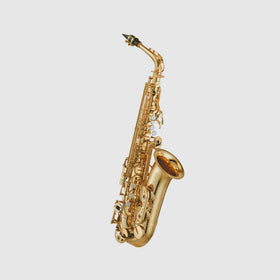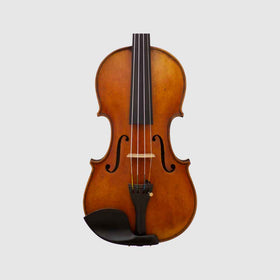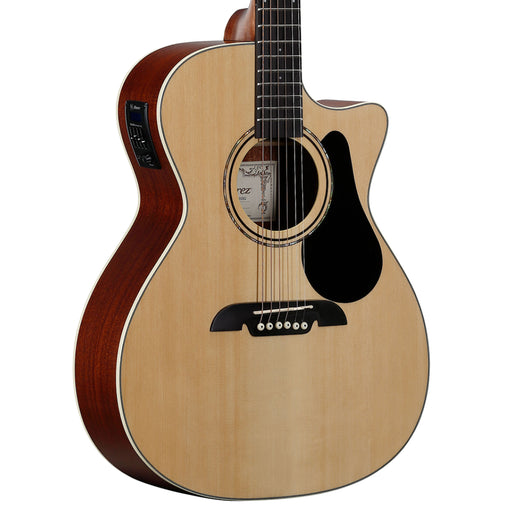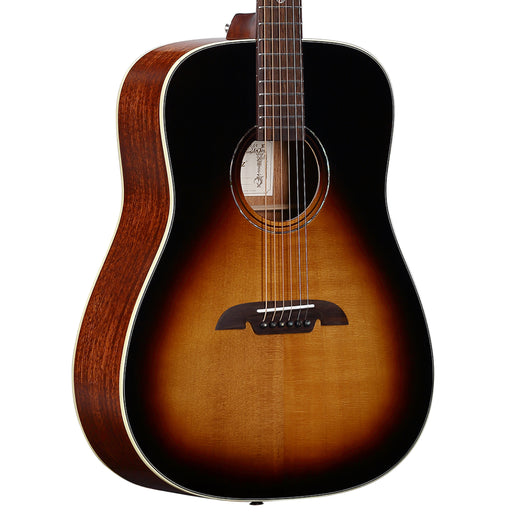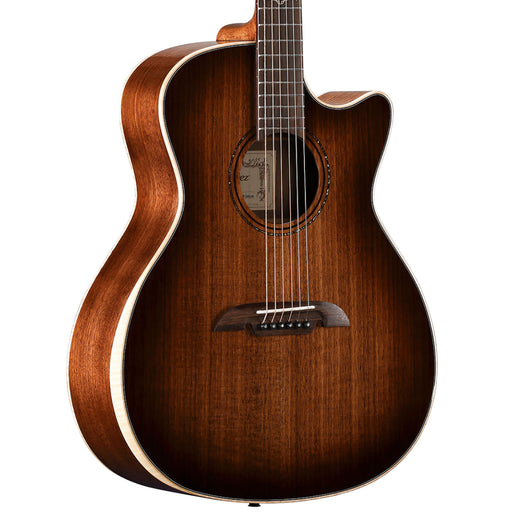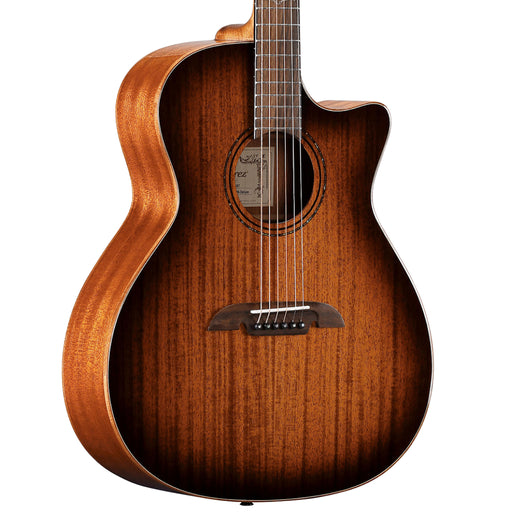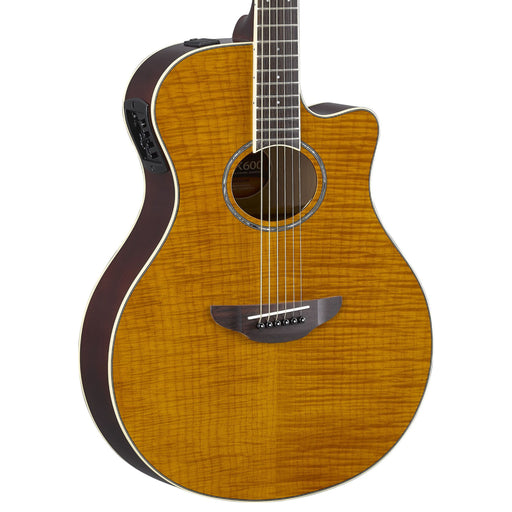
Understanding ESSER Funds
What is ESSER?
Elementary and Secondary School Educational Relief. It is part of the CARES Act, and is designed to address the impact of COVID-19 on Education.
Large sums of money have been appropriated to support Education across the United States. $13.2B (ESSER I) + $54.3B (ESSER II) = $67.5 Billion for K-12 Schools. This is a one-time funding opportunity. Districts must either use it or lose it!
Why should I care?
The money provided can be used to support music programs! Money is on its way to districts March - June 2021. Many schools and teachers are unaware that the money is available to them or how to access it.
Schools must prove that the district (LEA) can conduct music programs safely virtually and/or in-person. Funding can be used for health and safety, cleaning and sanitation, facility improvements, technology, instructional support, and summer programs.
FAQs
Who is eligible for ESSER funds?
Public, Charter, and Non-Profit K-12 Schools
Check the State/District Appropriations Dashboard
https://covid-relief-data.ed.gov
Who requests the funds?
VAPA Coordinators, Principals, and other liaisons who communicate with the district (LEA)
We want to encourage Music Educators to get involved in the process to communicate their program needs to their District's Leadership.
Timeline
March 2020 - 1st Relief Bill = $13.2 Billion (ESSER I)
December 2020 - 2nd Relief Bill = $54.3 Billion (ESSER II)
February 2021 - States received their $ proportional allotment
March-June 2021 - State awards to districts
September 2021 - Final date to award funds
September 2023 - Deadline to spend
Funding Examples #1
- Purchase additional instruments and equipment
- Purchase technology
- Purchase PPE, cleaning, and sanitation
- Purchase facilities improvements
- Purchase instructional support
- Provide summer and rendition programs (students)
- Begin planning for new year
Funding Examples #2
- Purchase and replace instruments to avoid student sharing
- Purchase bell covers, masks, PPE for in-person use
- Provide teacher training for re-opening & in-person instruction
- Purchase supplies for cleaning and sanitation (instruments, equipment, rooms)
- Purchase or lease technology devices and software for virtual learning
- Pay for teachers who can help with remedial instruction: private, adjunct, PT or FT personnel
- Play for materials to create social distancing environments: outdoor tents, media cart, microphones, projectors and more
Tarpley Exclusives
Alvarez Regent RG26CE-DELUXE Acoustic-Electric Guitar
AlvarezDesigned by the top AIMM Dealers in the US The Alvarez Guitars Regent Series RG26CE-Deluxe has a Sitka Spruce top with a natural, gloss finish. The...
View full detailsAlvarez Masterworks MD60EVB Acoustic-Electric Guitar
AlvarezThe MD60EVB Deluxe features carefully seasoned tonewoods that include a AAA solid Sitka cured top, solid African Mahogany back and sides, and one p...
View full detailsAlvarez Artist Elite AGW77CESHB-DELUXE Acoustic-Electric Guitar
AlvarezDesigned by the top AIMM Dealers in the US Alvarez Grand Auditorium acoustic electric guitar with cutaway and bevelled armrest. Comes with the LR B...
View full detailsAlvarez Artist AG66CESHB-DELUXE Acoustic-Electric Guitar
AlvarezDesigned by the top AIMM Dealers in the US The Artist AG66CESHB-DELUXE is a beautifully developed Grand Auditorium acoustic electric guitar with a ...
View full detailsYamaha APX600FM Acoustic-Electric Guitar
YamahaOne of the world's best-selling, acoustic-electric guitars, the APX Series thinline body combines incredible comfort, easy top-fret access and natu...
View full details
